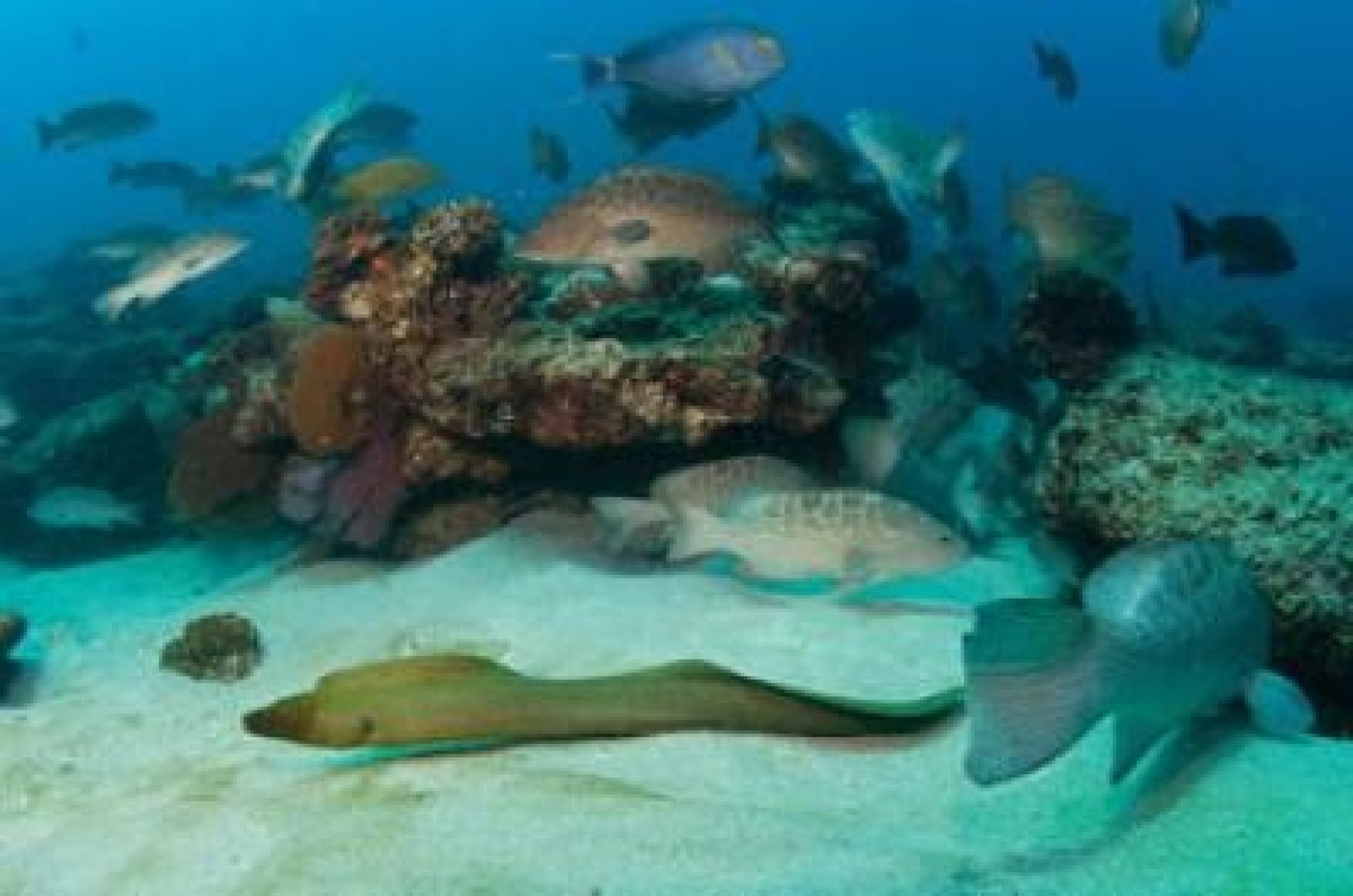Undersea Wildlife Park Revives With Big Fish Rebound [VIDEO & PHOTOS]
The Cabo Pulmo National Park, or CPNP, which was once depleted by fishing has rebounded with a thriving fish population, boasting more than 460 percent growth in more than 10 years, researchers said.
The 71-square-kilometers undersea wildlife park is tucked away near the southern tip of Mexico's Baja peninsula, and is now the world's most robust marine reserve in the world. It's revival is an indication that depleted fisheries can recover up to a comparable level to remote, pristine sites untouched by fishing, researchers at Scripps Institution of Oceanography at UC San Diego found.
Researchers have said no other reserve in the world has shown such a recovery.
In 1995, citizens living around the area enforced "no take" restrictions that have led to the park's revival, researchers said.
"We believe that the success of CPNP is greatly due to local leadership, effective self-enforcement by local stakeholders, and the general support of the broader community," the authors noted in their report.
Boat captains, dive masters and other locals work to enforce the park's regulations and share surveillance, fauna protection and ocean cleanliness efforts, according to researchers.
"We could have never dreamt of such an extraordinary recovery of marine life at Cabo Pulmo," said National Geographic Explorer-in-Residence Enric Sala in a statement.
Sala started the study in 1999 and said at that time there were only medium-sized fishes. But a decade later, he added, "it's full of large parrotfish, groupers, snappers and even sharks."
In the 10 years, researcher found that Cabo Pulmo's fish species richness blossomed into a biodiversity hot spot. Animals such as tiger sharks, bull sharks and black tip reef sharks have increased. Other large fish at the marine park include gulf groupers, dog snappers and leopard groupers.
Brad Erisman, a Scripps postdoctoral researcher and co-author of the article, said the reefs are also full of hard corals and sea fans, which is creating a good habitat for lobsters, octopuses, rays and small fish.
"During some seasons thousands of mobula rays congregate inside the park and swim above the reef in a magnificent way," he said in a statement.
Protection of spawning areas for large predators has been the key to the reserve's robustness.
"Few policymakers around the world are aware that fish size and abundance can increase inside marine reserves to extraordinary levels within a decade after protection is established; fewer still know that these increases often translate into economic benefits for coastal communities" said Octavio Aburto-Oropeza, a Scripps postdoctoral researcher and lead author of the study. "Therefore, showing what's happened in Cabo Pulmo will contribute to ongoing conservation efforts in the marine environment and recovery of local coastal economies."
Cabo Pulmo Marine Reserve from Gulf Program on Vimeo.







© Copyright IBTimes 2024. All rights reserved.






















